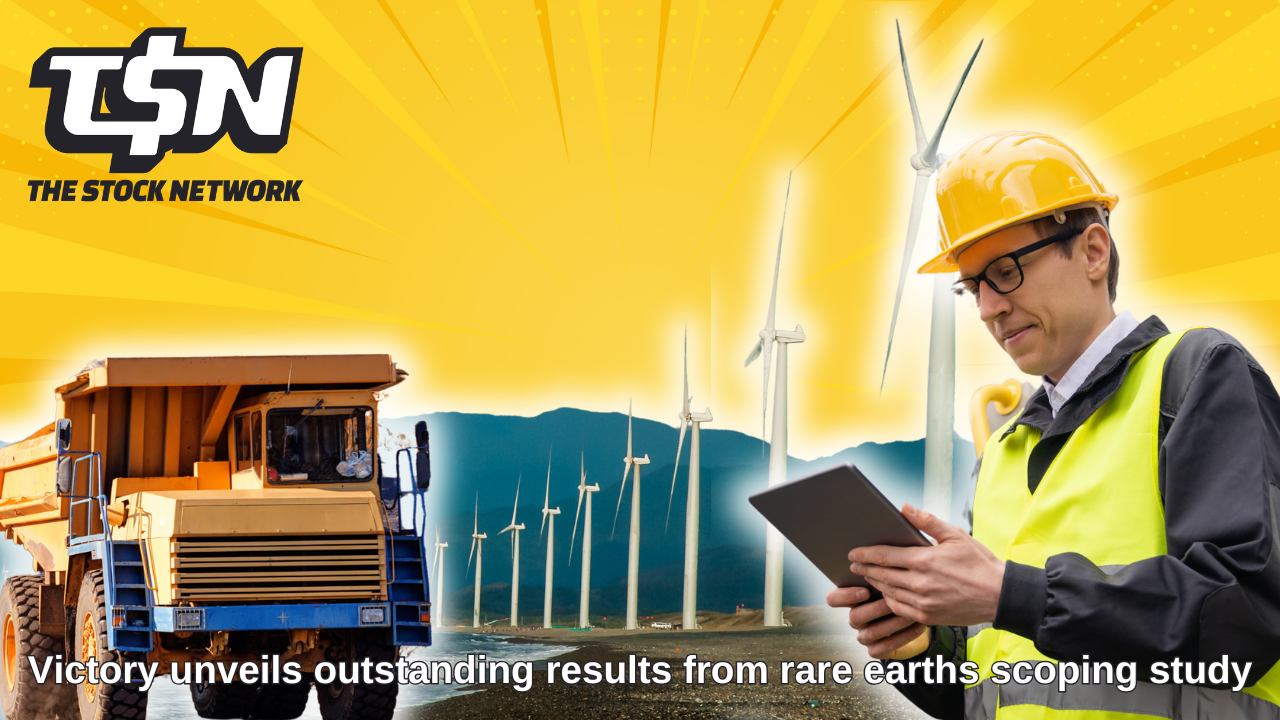
Mineral exploration business Victory Metals (ASX: VTM) has revealed “outstanding” results from a scoping study gauging the merits of bringing to production the company’s North Stanmore rare earths project in the ‘Tier 1’ mining jurisdiction of Western Australia.
Management noted that North Stanmore represents one of the largest heavy rare earth and scandium clay projects in the world, which provides a unique opportunity to establish a long-term, low-cost supply of critical minerals for high-growth industries such as renewable energy, electric vehicles, and defence.
It believes the scoping study has confirmed the significant economic and environmental advantages of North Stanmore over conventional rare earth projects and marks a key step in the group’s efforts to bring the project to life.
Strong economics
Results from the study point to a robust economic profile across multiple pricing scenarios for North Stanmore. These include a post-tax net present value (NPV) of $1.2 billion and internal rate of return (IRR) of 52 per cent when using rare earth price forecasts provided by Adams Intelligence.
Here, North Stanmore is estimated to deliver revenue of $377 million and operating earnings (EBITDA) of $155 million each year. This equates to nearly $12 billion in revenue and about $5 billion in EBITDA over the 31 year life of the proposed mine.
Notably, a payback period of just two years is anticipated for the estimated $337 million capital outlay required to bring North Stanmore to production.
Modest cost profile
According to Victory, the project is characterised by significant cost savings due to the tenure consisting of a contiguous package situated on crown land and no existing royalties.
The company believes North Stanmore also boasts modest capital costs due to existing access to infrastructure with no requirement for transient arrangements such as camps and haul roads. It is situated in proximity to the town of Cue with regional airport access and opportunities to source local workforce.
Operating costs are also projected to be moderate on the back of North Stanmore’s unique geology and an extensive weathering event which helps facilitate high metallurgical extractions.
The study has outlined metallurgical recovery of 94 per cent for magnet rare earth oxide (MREO), with scandium and hafnium also successfully separated from the mixed rare earth carbonate.
High value resource mix
Victory’s focus for North Stanmore includes producing heavy rare earths such as dysprosium and terbium which play a key role in electric vehicles, wind turbines, and defence applications.
The project also boasts significant scandium endowment which is applicable in lightweight aluminium alloys for aerospace, automotive, and hydrogen fuel cell technologies.
In addition, North Stanmore hosts hafnium which is renowned for its exceptional heat resistance with strategic applications in nuclear reactor safety, aerospace alloys, and semiconductor manufacturing.
Victory Metals chief executive officer and executive director, Brendan Clark, commented:
“Heavy rare earths, particularly dysprosium and terbium along with emerging defence metals such as scandium and hafnium, are in growing global demand due to their critical importance and emerging supply constraints. As industries increasingly look for sustainable, high-performance and defence materials, the outlook continues to strengthen in these markets, presenting another compelling and diversified off-take opportunity for Victory Metals.”
Path to production
Victory is aiming to become a key supplier of rare earths, scandium, and hafnium to Western markets and reduce the global dependence on China – a nation which controls more than 60 per cent of global rare earth production.
In its efforts to develop North Stanmore, the company is targeting strong support from off-take partners and has already entered into a non-binding memorandum of understanding with Sumitomo Corporation – one of Japan’s largest trading houses.
Victory is also pursuing other funding and strategic partnerships with government agencies in Australia, Japan, and the US as it looks to become a key player in the supply of critical minerals to Western markets.